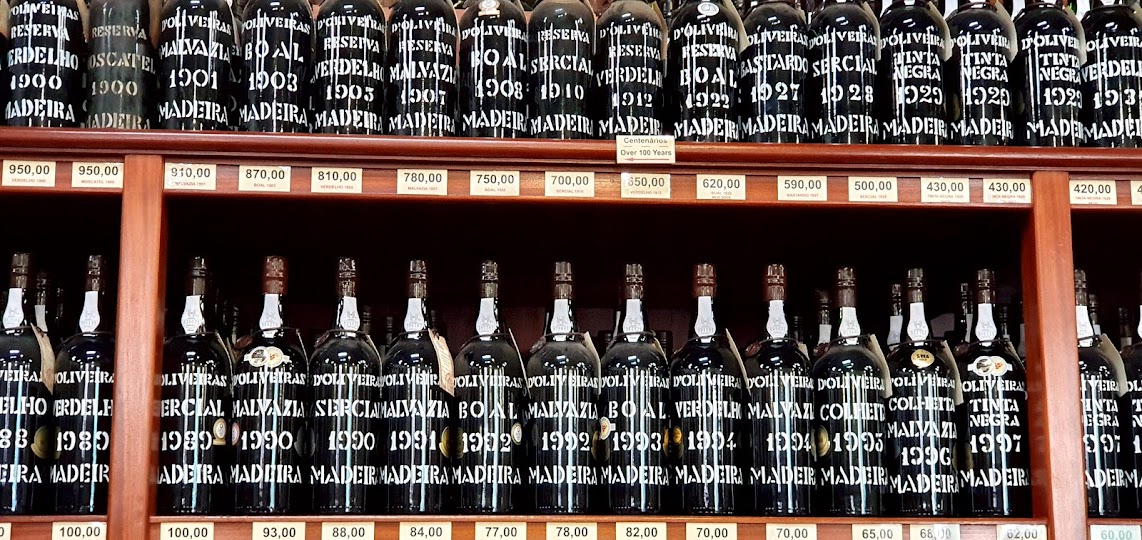Master class on Portuguese wines from Tejo:
"Warm days, cool nights " by Jamie Goode and Martta Simoes.
at the London Wine Fair 2016
Région west of Lisbon.
China is the first export market!
Touriga nacional main indigenous variety also Tricadeira and Castelao all mixed with international varieties.
Whites: alvarinho arinto, fernao pires.
1. Casal Monteiro 15, 13abv
Fernao pires, arinto 50/50
Citrus, flowers fresh
Moderate and smooth length
Score 88
2. Fiuza alvarinho 15, 12.5abv
Alvarinho 100pc
Moderate fresh well balanced.
Stony fruity but smooth end.
Score 88
3. Quinta da Alorna arinto 15, 13.5abv
Arinto 60 and chardonnay 40
Chardonnay on oak 5 months
Perfect balance. Vanilla and honey from chardonnay, freshness enough from arinto. Moderate length.
Score 90
Retail price in Portugal is 6euro!
4. Adega do Cartaxo plexus 15, 10abv
Alicante bouschet 100pc
Deep violet color
Cherries, intense aroma.
Slight effervescence.
Cheap and cheerful.
Some sweetness prevail overall, some freshness resists.
Score 83
5. Quinta da Ribeirinha 12, 13,5abv
Touriga nacional 100pc
Flowers cherries
Tannins strong, maybe 5 months in oak nit enough.
Score 85
6. Pinhal da Torre two worlds 13, 13.5abv
Touriga nacional, tinta roriz, sousao, Touriga francesa, Touriga franca.
Spicy and fruity
Unbalanced too hard.
Score 83
7. Quinta da Alorna reserva 12,
Touriga nacional 65pc, and cab.s. 35pc. 12 month in oak.
Fresh red berries.
Spicy. Unbalanced too harsh.
Score 84.
Overall better whites, balanced and pleasant. And a steal at their prices.
Better than reds, generally too harsh.

